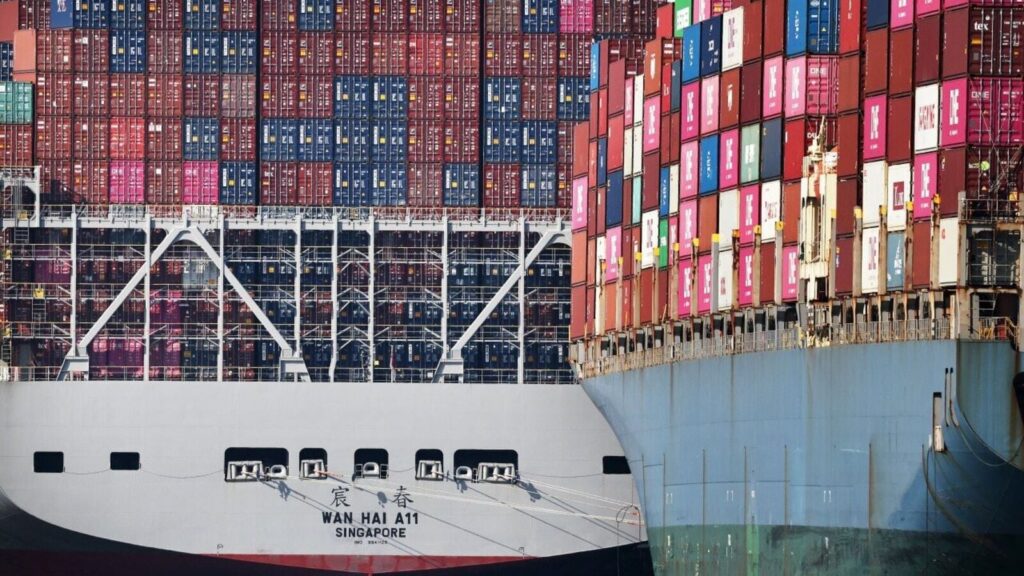The negotiators have sought the PMO’s intervention in finalising the first tranche of the India-US Bilateral Trade Agreement (BTA), as President Donald Trump has neither accepted nor rejected the deal even after approval by the United States Trade Representative, the people said, speaking on the condition of anonymity.
While the initial working deadline was 8 July, the US has now extended the window until the end of the month in view of the complexity of the unresolved items and the evolving trade posture under the second Trump administration. He has already issued letters to 22 other countries, disclosing new reciprocal tariff rates of up to 50%.
Concerns have been growing within the Indian team, led by chief negotiator Rajesh Agarwal, special secretary in the commerce ministry, over the US’s continued insistence on deeper market access for its agricultural exports and other sensitive products.
Citing the case of the European Free Trade Association (EFTA), the Indian team has explained in detail to their US counterparts about India’s inability to open these sensitive sectors, a position that was accepted by Switzerland, Iceland, Liechtenstein, and Norway.
India stays firm
Around a dozen Indian negotiators, including commerce secretary-designate Agarwal and joint secretary Darpan Jain, will shortly leave for Washington DC to close the remaining gaps with their American counterparts.
“The team will be in Washington for a week to negotiate on the sticky issues. The guidance from the top office has been sought to get more clarity on key subjects like agriculture, dairy, and genetically modified crops,” said the first of the two persons cited above.
However, India has no plans to open up any sector that could affect a large section of the population, the person said.
So far, both sides have held five rounds of face-to-face discussions. The US team, led by assistant USTR Brendan Lynch has visited India twice—first for a four-day trip starting 25 March, and more recently from 4 to 11 June.
“The US side is firm that any agreement must reflect genuine gains for its farmers and agri-exporters. From our side, we’ve already made considerable offers across pharmaceuticals, tariff rationalisation, and even on some non-tariff barriers,” said the second person.
“But on agriculture, we need political direction on how far we can go without hurting domestic producers,” this person added.
Decisive round soon
A high-level US trade delegation is expected to return to New Delhi in the third week of July for what commerce ministry officials describe as the likely “decisive round” of negotiations.
“The last leg is always the hardest in any trade negotiation. There is broad agreement on digital trade, services, textiles, and industrial goods,” the second person said.
Mint reported on 7 July that the agreement is unlikely to be finalized without direct political intervention to resolve some of the remaining sticky issues.
As India continues its engagement, the persons quoted earlier maintain that the final decision will be guided by national interest, balancing trade gains with domestic sensitivities. The PMO’s input, expected later this week, is likely to shape the contours of India’s final position heading into the concluding round of talks, they said.
Queries sent to the commerce ministry and PMO remained unanswered at the time of filing this report.
“Seeking guidance from the PMO at this stage signals the strategic weight of the India-US trade deal,” said Vinod Kumar, president, India SME Forum. “With sensitive issues like agriculture still unresolved, the government wants to ensure that any final commitments align with broader national priorities and political acceptability.”
Meanwhile, Union agriculture minister Shivraj Singh Chouhan said on 7 July that a trade deal with the US would be signed, keeping the interest of Indian farmers at the forefront.
According to commerce ministry data, Indian goods exports to the US rose 11.6% over the previous year to $86.51 billion in FY25. By comparison, imports from the US rose 7.42% to $45.33 billion.
Trump in April imposed a 26% tariff on Indian exports to the US. But before these were implemented, the US president announced a three-month pause that ended on 9 July.
However, earlier this month, Trump extended the deadline to implement the tariffs to 1 August and issued letters of revised tariff rates to 22 countries (till 9 July). Brazil faced the highest at 50%, while Laos and Myanmar were each slapped with a 40% tariff.

